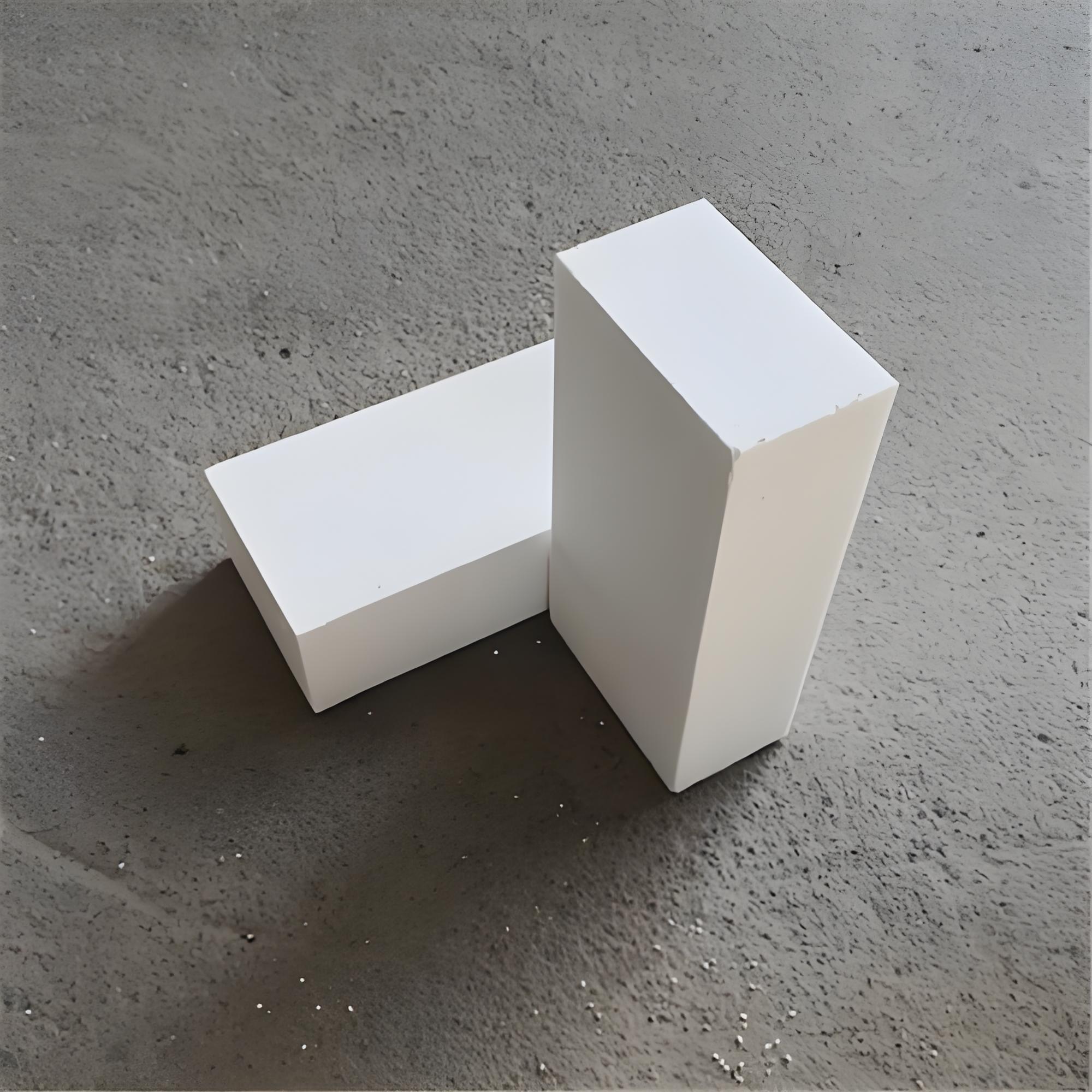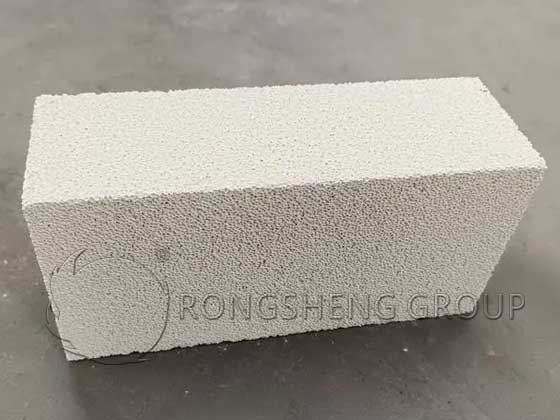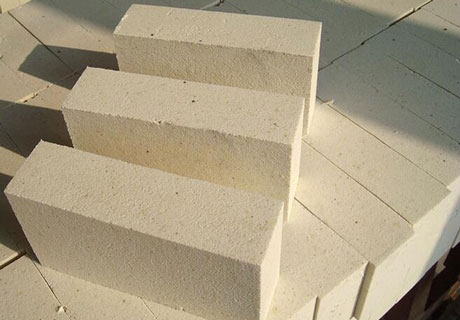The Technical Principles of Thermal Shock Resistance in Insulation Bricks
2025-06-04
Technical knowledge
This paper delves into the exceptional thermal shock resistance of the Mullite insulation bricks produced by Zhengzhou Rongsheng Refractory Materials Co., Ltd., specifically designed for high-temperature industrial applications. With an impressive refractoriness ranging from 1770°C to 2000°C, these bricks exhibit low thermal conductivity for energy savings and reduced apparent porosity to ensure thermal shock resistance, thereby extending service life. Manufactured using advanced automated production processes, these bricks are CE certified and comply with ISO9001 standards, making them suitable for industries such as power generation, metallurgy, and petrochemicals. This article will explore the technical principles underlying the thermal shock resistance of Mullite insulation bricks, illustrating their significance and advantages in high-temperature industrial applications.

Technical Principles Behind Thermal Shock Resistance of Insulating Fire Bricks
In high-temperature industrial applications—spanning power generation, metallurgy, and petrochemical sectors—the integrity and efficiency of furnace linings are critical. Insulating fire bricks (IFBs), especially alumina-mullite based types, serve as vital components offering thermal insulation while enduring extreme thermal stress.
Zhengzhou RongSheng Refractory Co., Ltd. stands out in this domain with its mullite insulating fire bricks, engineered for superior thermal shock resistance—a property imperative to maintain structural stability and prolong service life amid rapid temperature fluctuations.
"The ability of insulating bricks to withstand thermal shock hinges on low thermal conductivity, controlled porosity, and robust microstructure — ensuring minimal mechanical stress during abrupt temperature changes." — Industry Materials Expert
Core Technical Factors Ensuring Thermal Shock Resistance
The exceptional thermal shock resistance of Rongsheng's mullite insulating fire bricks derives from a synergy of material composition and manufacturing precision:
- High Refractoriness: With a refractory range between 1770°C and 2000°C, these bricks maintain phase stability, preventing deformation or melting under extreme heat.
- Low Thermal Conductivity: A thermal conductivity below 0.35 W/m·K minimizes heat transfer, reducing thermal gradients that induce stress within furnace linings.
- Optimized Porosity: Low apparent porosity improves material density, enhancing resistance to thermal shock by controlling expansion and contraction during thermal cycling.
- Microstructural Uniformity: Mullite crystals uniformly embedded within the matrix confer mechanical strength and crack-arresting properties essential to withstand rapid temperature changes.

Advanced Manufacturing and Quality Assurance
To consistently deliver these superior attributes, Rongsheng employs an advanced automated production line—ensuring homogeneous mixing, molding, and controlled firing protocols. Product quality aligns strictly with ISO 9001 standards and CE certification, guaranteeing performance and safety compliance for demanding industrial environments.
Industrial Application Case Studies
Globally, over 2,000 industrial clients have adopted Rongsheng mullite insulating bricks in furnaces and kilns. For instance:
| Industry |
Application |
Benefit |
| Power Plants |
Boiler insulation in thermal power units |
Up to 12% energy savings due to reduced heat loss |
| Metallurgy |
Furnace lining for smelting and refining |
Extended brick lifespan by 30%, lowering maintenance shutdowns |
| Petrochemical |
High-temperature reactor insulation |
Improved operational stability under cyclic temperature loads |

Strategic Value for High-Temperature Industry Enterprises
Employing high-quality mullite insulating bricks translates directly into:
- Energy Efficiency: Low thermal conductivity reduces fuel consumption and operational costs.
- Cost Control: Enhanced durability minimizes refurbishing frequency and associated downtime expenses.
- Equipment Longevity: Superior thermal shock resistance protects furnace structure, extending service intervals.
- Operational Stability: Reliable performance under cyclical heating and cooling prevents unexpected failures.

Adapting to Industry Trends and Future Challenges
The global shift toward sustainable energy and stricter emissions regulations demands materials that optimize thermal efficiency and reduce carbon footprints. Rongsheng’s insulation bricks meet these demands by combining advanced material science with robust quality management to support greener, more cost-effective high-temperature processes.
Ready to enhance your facility's energy efficiency and equipment lifespan with industry-leading mullite insulating bricks?
Contact Zhengzhou Rongsheng Refractory today for tailored high-temperature insulation solutions that reduce costs and boost productivity.














